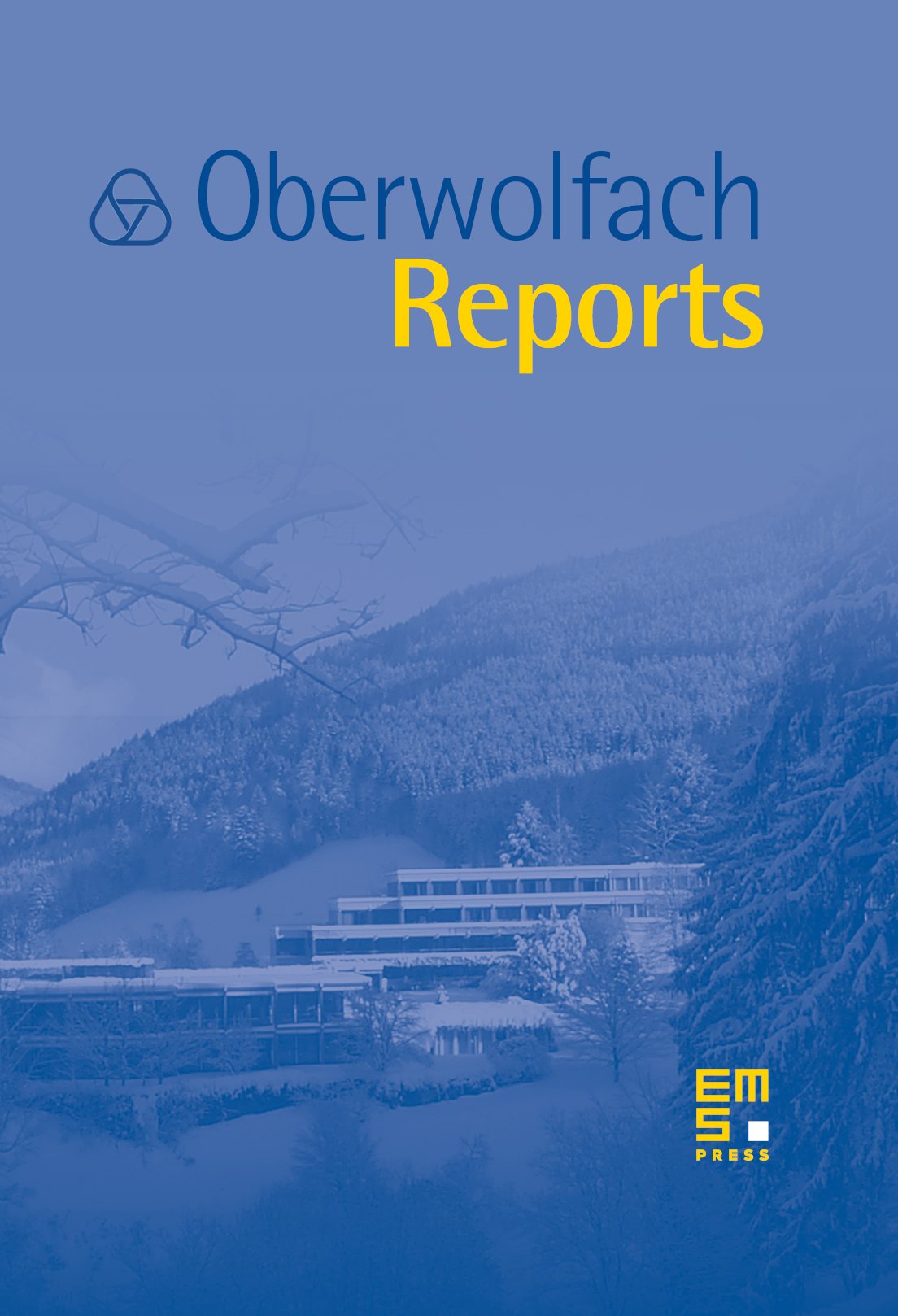Motives and Homotopy Theory of Schemes
Thomas Geisser
Rikkyo University, Tokyo, JapanBruno Kahn
Université Paris 7, FranceFabien Morel
Universität München, Germany

Abstract
This field of motives and homotopy theory of schemes has made rapid advances recently, most visible in the Fields Medal winning proof of the Milnor conjecture by Voevodsky.
This meeting was an attempt to bring together researchers working in the fields related to motives and the homotopy theory of schemes. It was attended by 45 researchers from 12 countries, bringing together people working in algebraic geometry, algebraic number theory, -theory, quadratic forms and algebraic topology among others, whose work is related to motives and the homotopy theory of schemes. The meeing was organized by Thomas Geisser, Bruno Kahn, and Fabien Morel, and consisted of 18 talks.
The theory of motives goes back to Grothendieck's ideas in the sixties, in which he tried to understand unexplained phenomena related to the cohomology of algebraic varieties. He was able to define pure motives, which – together with some still unproven conjectures – account for the cohomology of smooth projective varieties over a field. He expected the existence of a category of mixed motives , containing pure motives as its semi-simple part, and such that any -variety should have “universal” cohomology groups . Deligne and especially Beilinson in the early eighties suggested that one might more easily construct as the heart of a -structure on a triangulated category that would be constructed first. Hanamura, Levine and Voevodsky constructed candidates for . In these categories, at least if is of characteristic , any -scheme has two associated objects: its motive and its motive with compact support (or Borel–Moore motive) . There is a canonical functor from pure motives which for smooth projective carries onto or its dual, according to the variance conventions. Taking Hom groups from or to or to or from various shifted Tate twists defines motivic cohomology, motivic homology, motivic cohomology with proper supports and Borel–Moore motivic homology. These various theories can also be described more concretely: for example, Borel–Moore motivic homology coincides (up to reindexing) with Bloch's higher Chow groups and motivic homology in weight zero is Suslin's homology. Unfortunately, the motivic -structure on any of these categories is out of reach at the moment.
The homotopy and stable homotopy theory of schemes are much more recent constructions and were developed by Morel and Voevodsky in the nineties. To any field are associated the homotopy category and stable homotopy category of -schemes. The former is a symmetric monoidal category while the latter is a tensor triangulated category. There are adjoint functors (Eilenberg-Mac Lane functor) and (chain complex functor), where is a version of Voevodsky's triangulated category of motives. These functors are analogous to those defined in algebraic topology with replaced by the stable homotopy category and replaced by the derived category of abelian groups. Important cohomology theories are representable in : for example motivic cohomology and Weibel's homotopy invariant algebraic -theory. An example of new cohomology theory arising from is algebraic cobordism. The Hom groups with integral coefficients are much richer in than in : for example, Steenrod operations on mod motivic cohomology arise from , and it is in this way that Voevodsky proved the Milnor conjecture.
Cite this article
Thomas Geisser, Bruno Kahn, Fabien Morel, Motives and Homotopy Theory of Schemes. Oberwolfach Rep. 1 (2004), no. 2, pp. 785–828
DOI 10.4171/OWR/2004/15